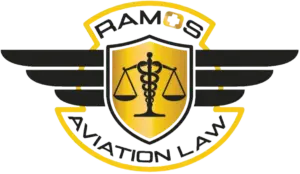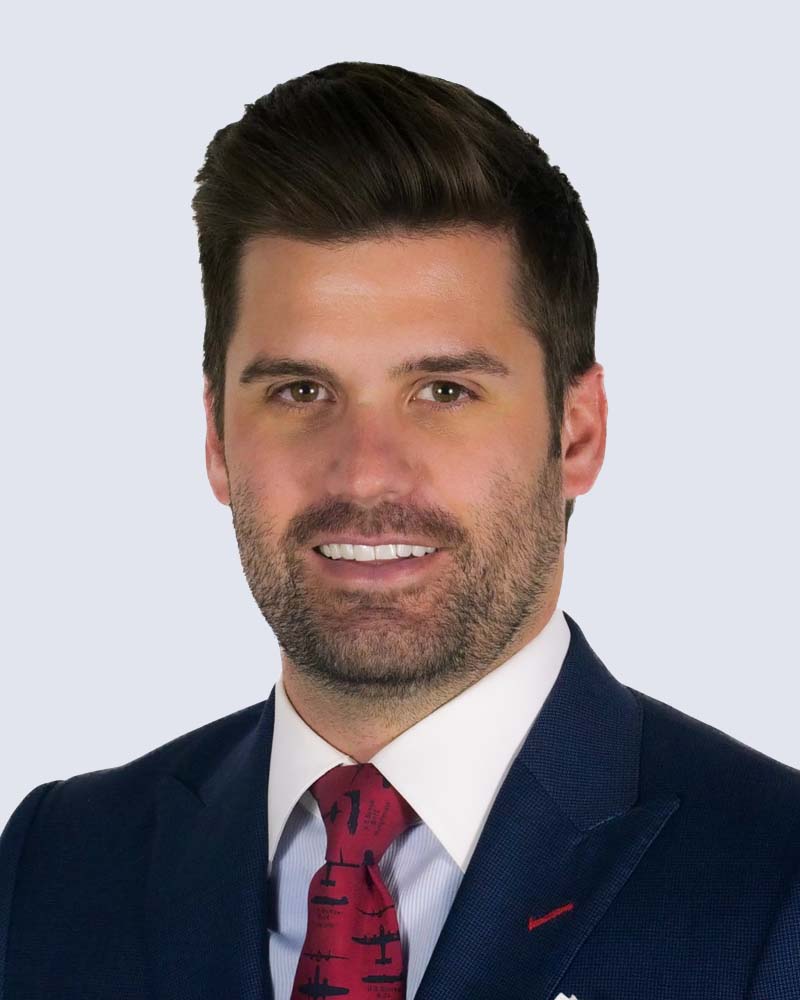FAA Vision Requirements for Pilots
The vision requirements and standards set by the Federal Aviation Administration (FAA) differ by certification class to guarantee that pilots possess the necessary visual acuity for safe flight operations. For a First-Class Medical Certificate, which is required for Airline Transport Pilots, applicants must have 20/20 vision in each eye for distance, 20/40 near vision at 16 inches, and, if they are 50 or older, 20/40 intermediate vision at 32 inches, all with or without corrective lenses. These same requirements apply to a Second-Class Medical Certificate for Commercial Pilots, ensuring that those who fly for hire maintain excellent visual capabilities.
For Third-Class Medical Certificates (needed for Private Pilots), the requirements are slightly less strict—distant vision must be at least 20/40 in each eye, while the near vision standard remains at 20/40. Unlike higher classifications, there is no intermediate vision requirement for private pilots. Across all classes, pilots must have the ability to perceive colors necessary for the safe performance of airman duties, ensuring they can accurately interpret cockpit instruments and navigation lights. Meeting these vision standards is critical for aviation safety and medical certification. The FAA updates these requirements periodically, with the most recent update occurring on December 28, 2022.
Get Legal Guidance
Vision Requirements by Certificate Class
| Vision Type | First-Class (ATP) | Second-Class (Commercial) | Third-Class (Private) |
| Distant Vision | 20/20 or better in each eye separately, with or without correction | Same as First Class | 20/40 or better in each eye separately, with or without correction |
| Intermediate Vision | 20/40 or better in each eye separately (at age 50+), measured at 32 inches | Same as First Class | No requirement |
| Near Vision | 20/40 or better in each eye separately, measured at 16 inches | Same as First Class | Same as First Class |
| Color Vision | Ability to perceive colors necessary for safe performance of airman duties | Same as First Class | Same as First Class |
How will corrective eye surgery affect my FAA medical certificate?
Pilots who undergo refractive eye surgery (such as LASIK, PRK, or SMILE) may be certified by the FAA after having a surgical implantation of an artificial intraocular lens. The FAA requires:
- A minimum 6-week recovery period before consideration for medical certification
- Documentation of stable visual acuity meeting the standards for your certificate class
- No significant adverse effects or complications from the surgery
- Potential for additional evaluation if any complications exist
After surgery, pilots must:
- Be recertified by an Aviation Medical Examiner (AME)
- Have glasses available during flight in case of unexpected vision changes
- Report any post-surgical vision changes to their AME immediately
Note: The FAA may impose temporary limitations while monitoring the stabilization of your vision following surgery.
What are the requirements for contact lens use by pilots?
While the FAA does not require specific authorization for contact lens use, pilots who wear contacts must:
- Demonstrate visual acuity meeting the standards for their certificate class
- Carry a backup pair of glasses while flying
- Have been wearing the lenses long enough to adapt to them before flying
- Use lenses that properly correct vision to FAA standards (20/20 for First and Second Class, 20/40 for Third Class)
- Consider having regular examinations to ensure proper fit and prescription
Monovision contacts (where one eye is corrected for distance and one for near vision) are generally not recommended for pilots due to potential depth perception issues.
How are vision deficiencies handled for pilot certification?
The FAA may grant medical certification to pilots with certain vision deficiencies through the Special Issuance process:
- Color Vision Deficiency: Pilots may pass alternative color vision tests or demonstrate ability to perceive aviation colors through an operational color vision test
- Monocular Vision: May be considered on a case-by-case basis with additional evaluation and possible limitations
- Visual Field Defects: May be waiverable for pilots but typically not for air traffic controllers
- Progressive Eye Conditions: Require regular monitoring and reporting to maintain certification
What changes to vision requirements occur as pilots age?
The FAA imposes additional vision requirements as pilots age:
- Pilots 50 years and older must meet intermediate vision standards (20/40 at 32 inches) for First and Second Class certificates
- Pilots of all ages must meet near vision requirements (20/40 at 16 inches)
- Presbyopic pilots (age-related farsightedness) must have corrective lenses available during flying duties
- Night vision typically declines with age and should be self-monitored
What should I do if my vision changes between medical examinations?
If you experience any changes in your vision between FAA medical examinations:
- Consult with an eye care specialist immediately
- Do not fly until your vision meets FAA standards with or without correction
- Obtain appropriate corrective lenses if needed
- Report significant changes to your AME even if not due for renewal
- Consider requesting a special issuance if your condition is disqualifying
Additional Resources
For more comprehensive information on FAA medical standards, refer to the complete Synopsis of Medical Standards or contact your Regional Flight Surgeon.
Note: This information is current as of December 28, 2022. FAA requirements are subject to change, and pilots should always reference the most current regulations.
Experts in Aviation Law
Pilot Certificate Defense
FAA Medical Denial
Aircraft Crashes
FAA DUI Reporting
Civil Penalties
NTSB Appeals
And More!

A Layperson’s Guide to Aviation Law in Arizona
While aviation law may seem like a niche area, its impact stretches far beyond pilots. Understanding aviation law can be especially useful for anyone involved in personal air travel or

Navigating the Skies, Insights from Aviation Law Experts
Navigating Aviation Law: Essential Advice from Legal Experts In this episode of The Difference Makers Podcast, aviation experts Joseph LoRusso, Matthew Bulow, and Ezekiel Denison, from Ramos Law, dive into
Experts in Aviation Law
- Pilot Certificate Defense
- FAA Medical Denial
- Aircraft Crashes
- FAA DUI Reporting
- Civil Penalties
- NTSB Appeals
- And More!
Contact Ramos Law
At Ramos Law, we understand the complexities of aviation law and medical certification requirements. If you have questions about FAA medical standards, need assistance with a medical denial, or want legal guidance on aviation-related matters, our team is here to help.


